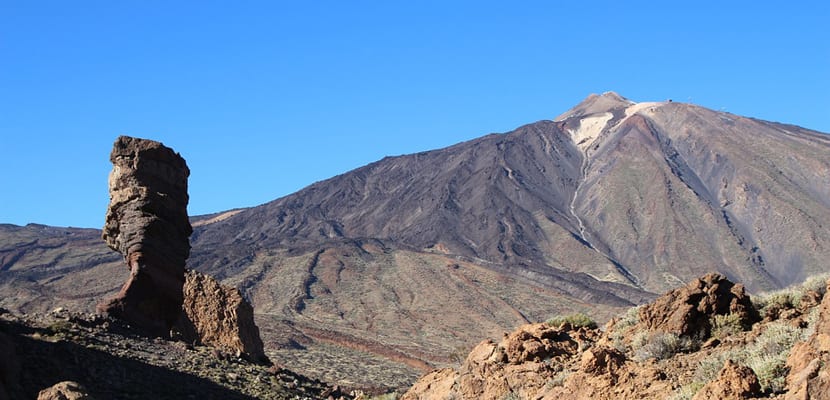
Two days ago we told you what the others are diez World Heritage monuments in Spain. The truth is that I can say that I have visited a few and live near some as well, but there are others that I did not know and did not know that they belonged to this UNESCO category.
Today we will tell you what the other ten monuments are, but the truth is that we are only talking about a few, since Spain has 44 monuments that are already a World Heritage Site. In fact, it is the third country with the most monuments so declared, after Italy and China, so we must also appreciate what we have close to home.
Fortified city of Cuenca
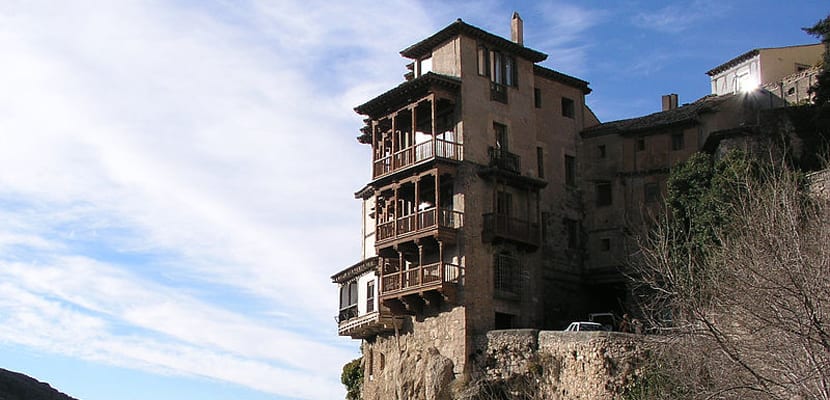
This city has managed to preserve its old medieval environment, and it has many charms. Its cathedral, which was the first in the Gothic style to be built in Spain, the San Pablo bridge or the ruins of the XNUMXth century castle. But if there is something that attracts more visitors each year, it is the famous houses hanging on the cliff. They look out over the Huécar river cliff with cantilevered balconies that impress all the tourists who pass by.
Lugo city wall
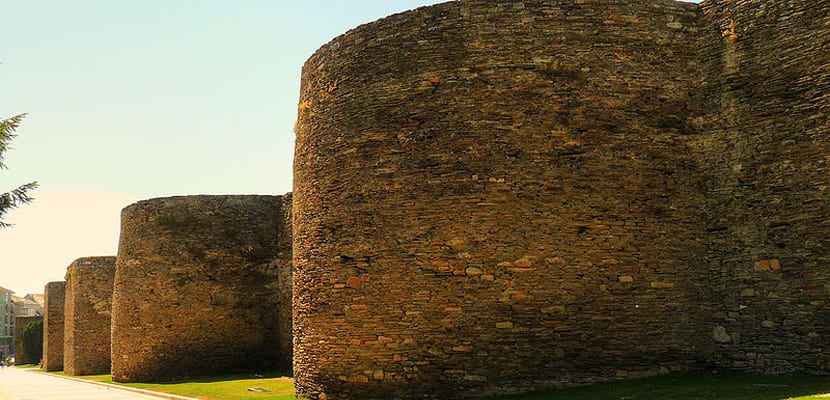
Is the wall of roman origin that surrounds the city of Lugo, at least in its historic center. It was built in the time of Emperor Augustus, in 13 BC. C., and has undergone few reforms to date. If we want to have an interesting perspective of the city, nothing better than to walk the wall at its top, which is about two kilometers long, enjoying the views of the old city.
Archaeological site of Mérida
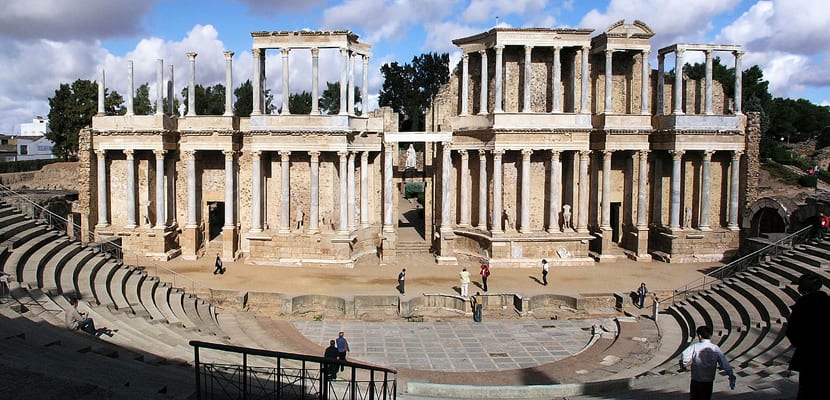
In the city of Mérida we can find many vestiges of Roman times in the Peninsula. One of the most interesting monuments is the Theater. Founded by Emperor Augustus, this Roman colony was the provincial capital of Lusitania. There is much to see, such as the Roman Bridge, the Temple of Diana, the Arch of Trajan or the Aqueduct of Miracles.
Teide natural park

It is the highest area of the island of Tenerife, and the oldest natural park in the Canary Islands. It is located on the Teide volcano, and there you can contemplate a spectacular landscape of volcanic origin and go up by cable car to the top. Once you get to where the cable car takes you, there are spectacular views, but there is still one more route, which you have to request in advance so that they let you do it, to reach the top of the volcano. It is always worth a visit if you go to Tenerife.
Tower of Hercules

This tower and lighthouse is located in the city of A Coruña, located on top of a hill. It is the only Roman lighthouse in the world and the oldest in operation, since it dates back to the 234st century. Normally you can access its interior, but it has nothing more and nothing less than XNUMX steps to reach the highest part. To say that not only the monument is something beautiful, but also the views of the sea and the site.
The Monastery of El Escorial
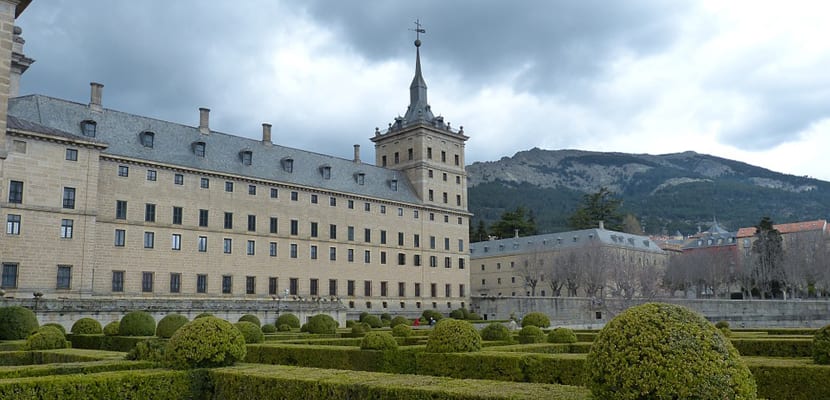
Located in the Community of Madrid, it is an authentic complex that Philip II ordered to be built. It includes the royal palace, the basilica, the monastery, a pantheon and a library with more than 40.000 works. It was the residence of the Spanish Royal Family and is currently occupied by friars of the Order of San Agustín.
Garajonay Park
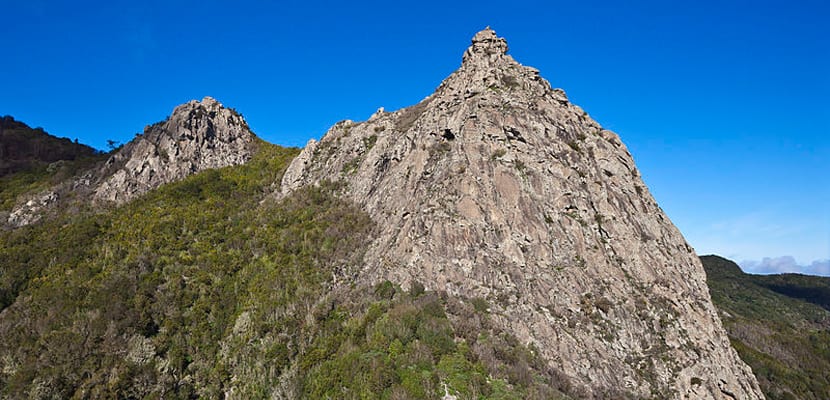
Declared a National Park in 1981, it is a protected area that occupies more than 10% of the island of La Gomera. It was thus declared because it preserves the best and largest laurel forest, a humid forest that in the Tertiary period occupied a large part of Europe. The 'Roque de Agando' is one of its emblems, a large rock. And they also have more than 200 species of flora.
Archaeological site of Tarraco
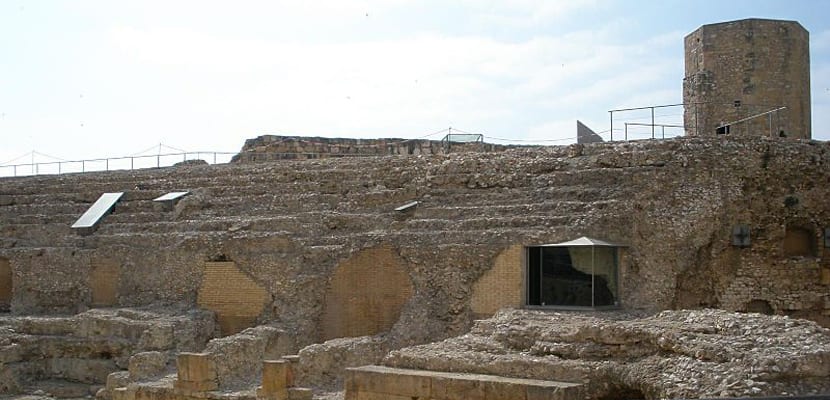
This was the first settlement of the Romans in the Peninsula, in Tarragona, formerly called Tarraco. It is an archaeological site that has remains of the old wall from 218 BC. C., and there is also an impressive amphitheater, with capacity for thousands of people in its time. There is also a theater and the Roman circus. A good choice for those who like destinations with a lot of history, just like Mérida.
Catalan music palace
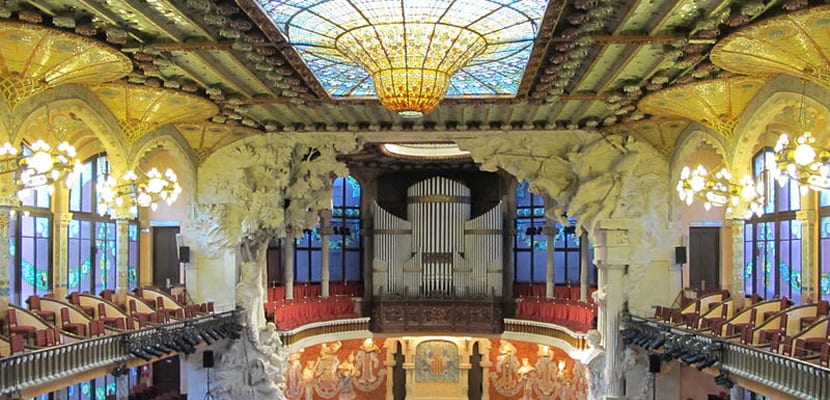
Also known as the Palau de la Música, located in Barcelona. Work of architect Lluís Domènech i Montaner in the XNUMXth century, it became an emblematic modernist building. Its interior is of exceptional beauty, and no one can resist taking a thousand photos of its structure, its details and its windows. To this day it is still one of the main concert halls in the world.
Atapuerca
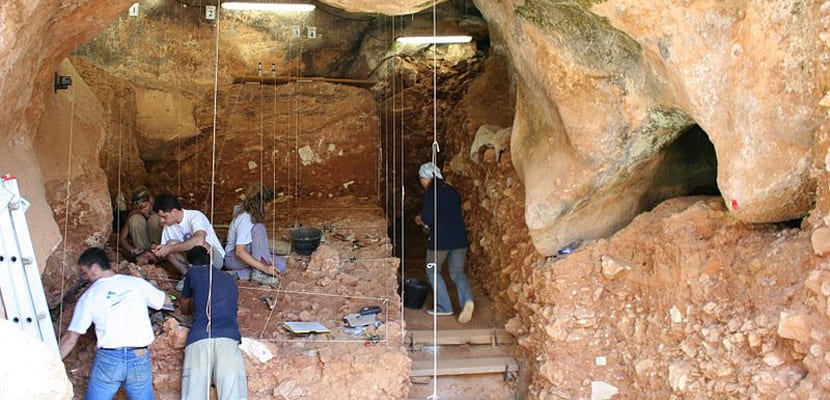
Atapuerca has led to a revolution in knowledge about human evolution, and it is located in Burgos. The paleontologist Emiliano Aguirre found fossil remains of the Homo antecessor and Homo heidelbergensis, which have helped them to trace the history of the evolution of the human being to this day.